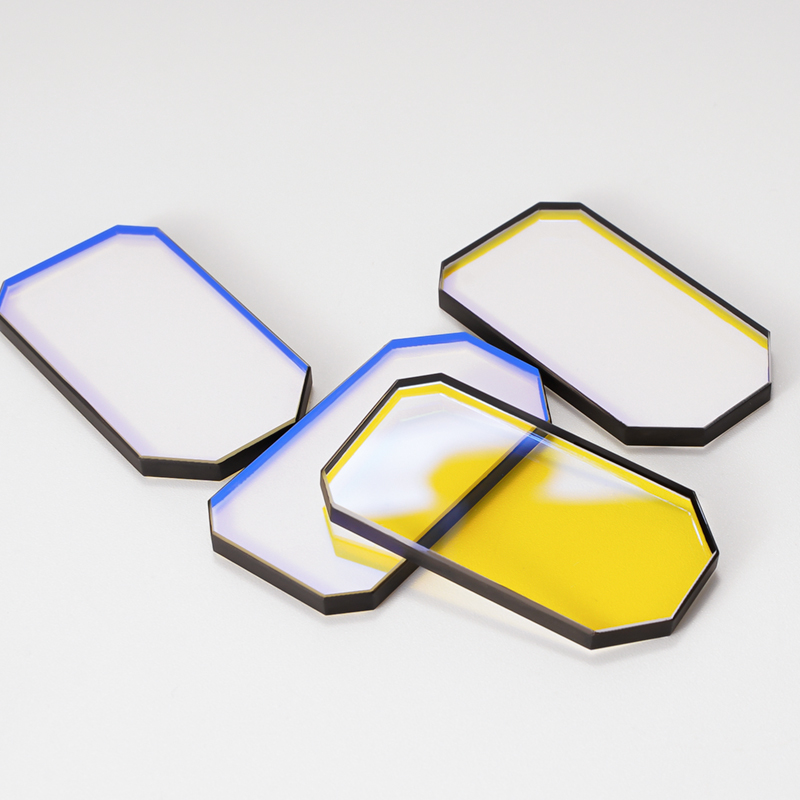
Gold-plated reflectors use the reflective properties of metal film (such as gold) to control or manipulate the light path. When light is incident on the metal film from a material with a higher refractive index in the medium (such as air), according to optical principles, the light will be reflected on the metal film surface. Gold-plated reflectors can reflect most of the energy of high-energy lasers, as well as visible light and infrared light. Gold-plated reflectors have good appearance and optical properties, with a golden luster on the surface. The inner layer is plated with tungsten to increase its adhesion and make the film firm. It can also be plated with MU2 as its protective film. The gold-plated full-band reflector has a uniform film layer without pinhole phenomenon.
Model:Gold-Plated Mirror
Specifications: Customized
Material: Optical glass
Gold-coated mirrors are mirrors that have a thin layer of gold deposited onto their reflective surface. Gold is an excellent reflector of light, especially in the infrared (IR) region of the electromagnetic spectrum. This makes gold-coated mirrors ideal for use in a variety of applications where high reflectivity in the IR is required.
Gold-plated reflector specifications
Outer diameter: 4mm-200mm
Thickness tolerance: ±0.1mm
Surface accuracy: λ/4
Surface quality: 40/20
Effective aperture: 90%
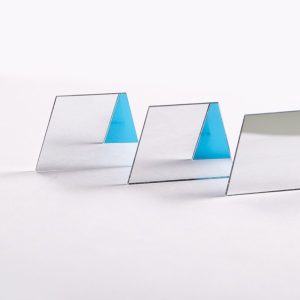
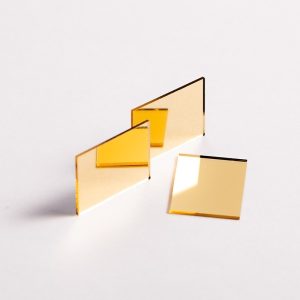
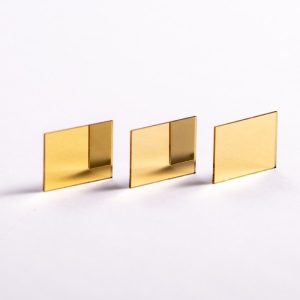
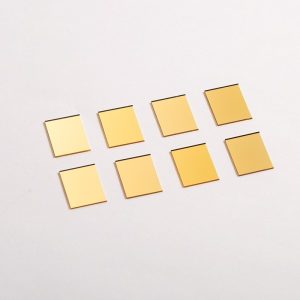
Key features and benefits of gold-coated mirrors:
High reflectivity in the IR: Gold has a very high reflectivity in the IR, making gold-coated mirrors ideal for use in applications such as laser systems, IR spectroscopy, and thermal imaging.
Broadband reflectivity: Gold-coated mirrors can reflect light over a wide range of wavelengths, including the visible and near-IR regions. This makes them versatile for a variety of applications.
Durability: The gold coating on these mirrors is very durable and resistant to corrosion, making them suitable for use in harsh environments.
Low thermal expansion: Gold has a low coefficient of thermal expansion, which means that gold-coated mirrors are less likely to distort or change shape when exposed to changes in temperature.
Common applications of gold-coated mirrors
Laser systems: Gold-coated mirrors are used in a variety of laser systems, including CO2 lasers, Nd:YAG lasers, and fiber lasers.
IR spectroscopy: Gold-coated mirrors are used in IR spectrometers to reflect light onto detectors.
Thermal imaging: Gold-coated mirrors are used in thermal imaging cameras to reflect IR radiation onto detectors.
Optical telescopes: Gold-coated mirrors are used in some optical telescopes to reflect light onto detectors.
Gold-coated mirror parameters










